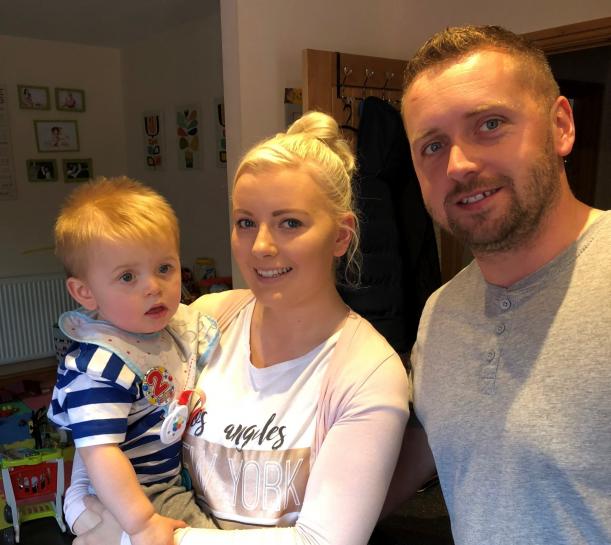
Chloe Smith, whose three-year-old son, Jenson, has a muscle-wasting condition, knows how difficult the current welfare system can be. Following her son’s diagnosis, Chloe reduced her working days and applied for Disability Living Allowance (DLA) to help care for him.
Chloe was denied the mobility component of the DLA because of Jenson’s age at the time of application. She was also told she was not eligible for Carer’s Allowance, which means she misses out on additional financial support despite caring for Jenson 35-plus hours a week.
“On top of that, we live in a first-floor flat and I have to carry Jenson up the stairs to get to it,” says Chloe. “There’s no parking and it’s not big enough for all of Jenson’s equipment. When we applied for local housing, we were placed as ‘bronze banding’, which is the lowest-priority category. We have now removed ourselves from the register because of the stress.”
We increasingly hear stories of people like Chloe who struggle to fill in the necessary forms, are denied benefits that would help ease the financial burden, and may experience inaccurate assessments. It can have a serious impact on their quality of life, independence and mental health.
We published our report calling for change this year, along with a guide to help people with muscle-wasting conditions apply for Personal Independence Payment (PIP). Find out more at Financial support is crucial when you’re living with a muscle-wasting condition, but many people aren’t receiving the benefits they need and can end up struggling financially, emotionally and practically. We are campaigning to make the system easier to navigate and for assessors to understand the complexity of muscle-wasting conditions. Chloe Smith, whose three-year-old son, Jenson, has a muscle-wasting condition, knows how difficult the current welfare system can be. Following her son’s diagnosis, Chloe reduced her working days and applied for Disability Living Allowance (DLA) to help care for him. Chloe was denied the mobility component of the DLA because of Jenson’s age at the time of application. She was also told she was not eligible for Carer’s Allowance, which means she misses out on additional financial support despite caring for Jenson 35-plus hours a week. “On top of that, we live in a first-floor flat and I have to carry Jenson up the stairs to get to it,” says Chloe. “There’s no parking and it’s not big enough for all of Jenson’s equipment. When we applied for local housing, we were placed as ‘bronze banding’, which is the lowest-priority category. We have now removed ourselves from the register because of the stress.” We increasingly hear stories of people like Chloe who struggle to fill in the necessary forms, are denied benefits that would help ease the financial burden, and may experience inaccurate assessments. It can have a serious impact on their quality of life, independence and mental health. We published our report calling for change this year, along with a guide to help people with muscle-wasting conditions apply for Personal Independence Payment (PIP).

